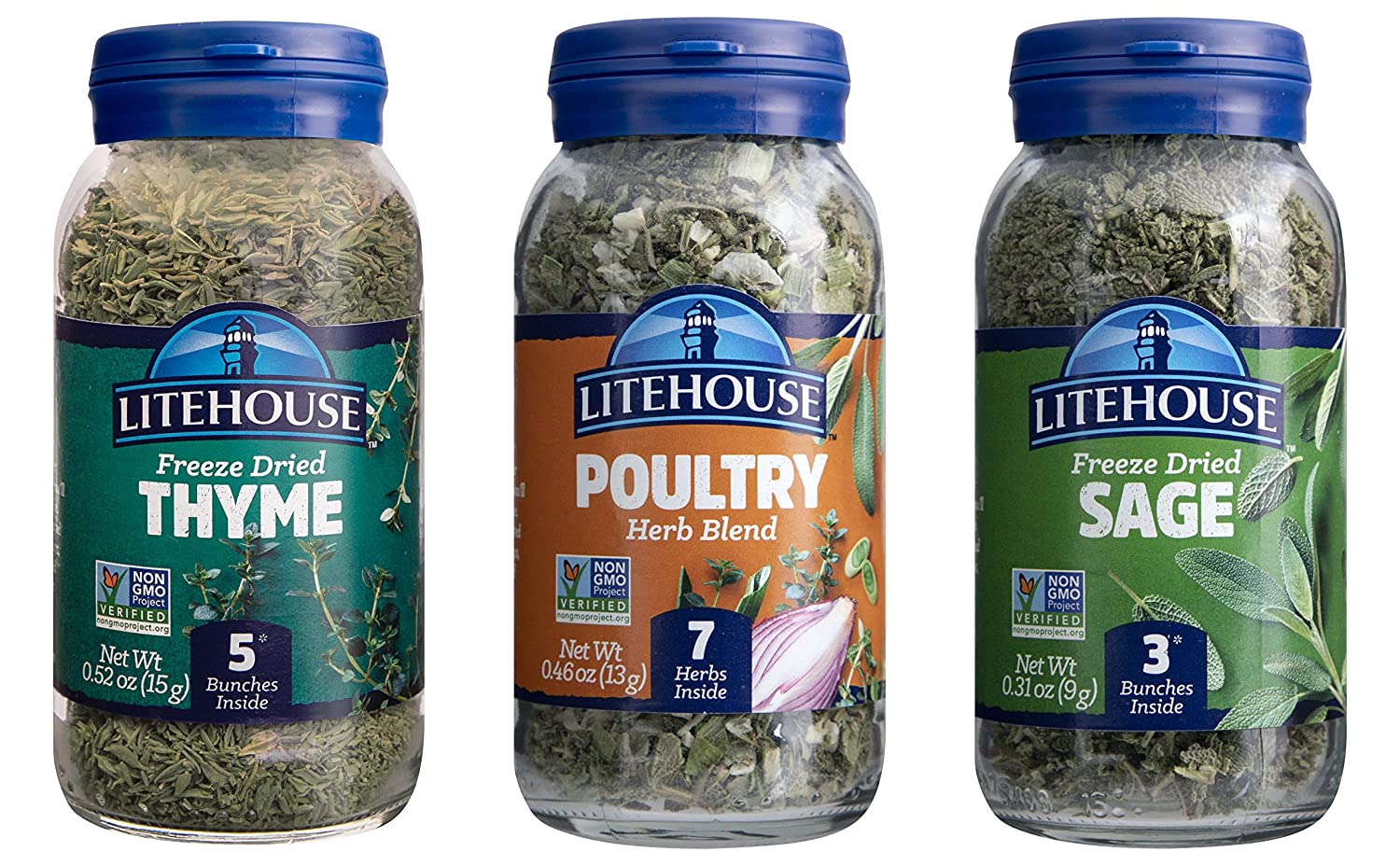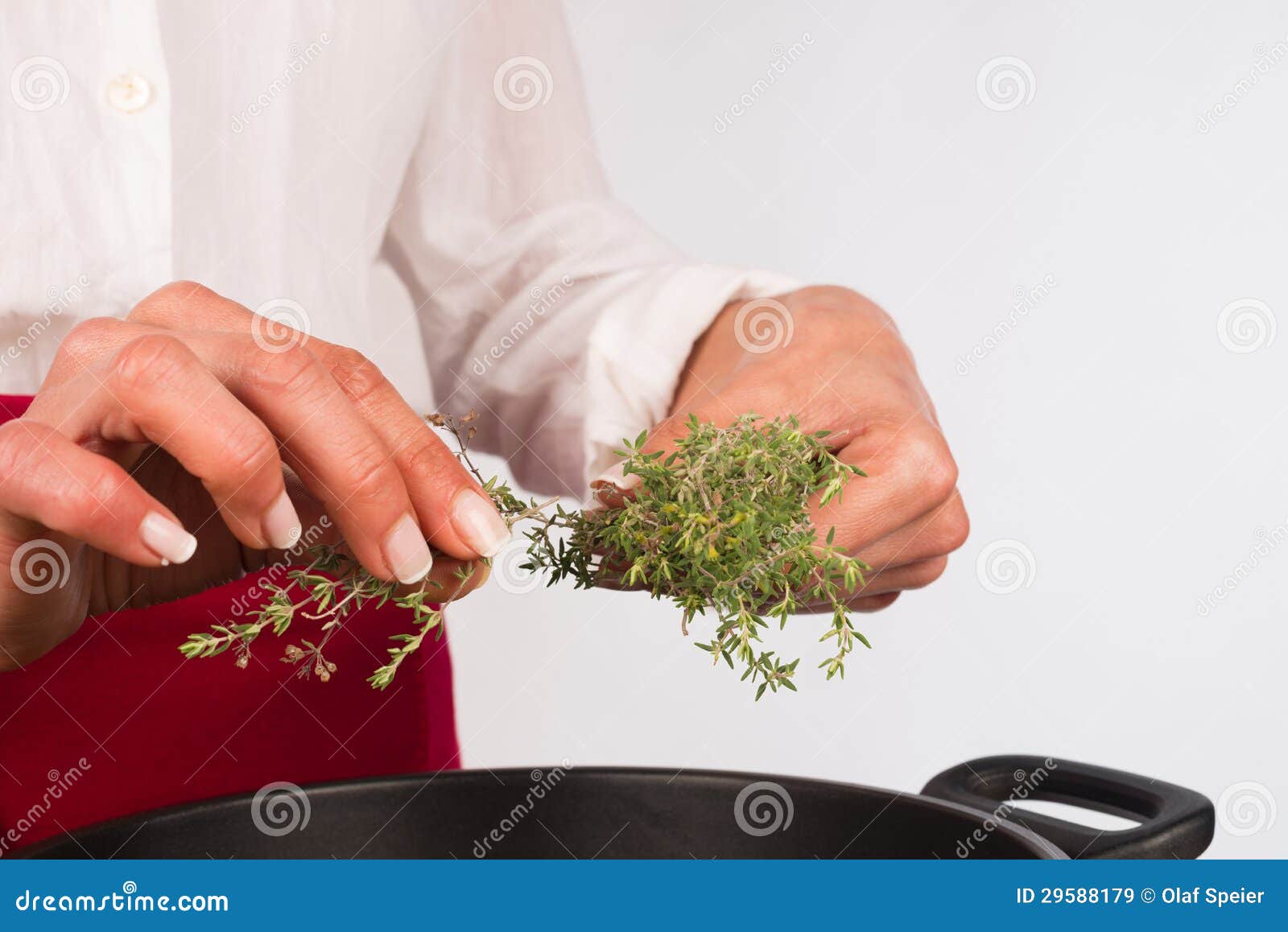


Poultry seasoning: Typically containing thyme, nutmeg, thyme, marjoram, black pepper, rosemary, and sage, this spice blend is a natural swap for thyme. A warning, though: because a few of these contain powdered aromatics, or dried seeds, you may not want to include these in sweet recipes that call for thyme. Use 2:1 fresh savory for dried thyme, and half of the amount of dried savory in place of fresh thyme.ĭried herb & spice blends: Any of the following herbs can be used in a 1:1 swap with dried thyme use half as much in place of fresh thyme. Swap out fresh savory 1:1 for fresh thyme, and dried savory 1:1 for dried thyme. Savory: Savory is another herb in the mint family, with a peppery, robust-and, yes, savory-flavor. Dried basil is a bit more muted, so a 1:1 swap for fresh thyme, or a 2:1 swap for dried thyme, would be appropriate. Fresh basil is very licorice-y and bright, so use half of the amount of fresh basil as you would fresh thyme, and a 1:1 swap for dried thyme.
#THYME SEASONING SUBSTITUTE FREE#
Same rules apply here as they do oregano: Use a 1:1 swap of fresh marjoram for fresh thyme a 1:1 swap of dried marjoram for dried thyme half the amount of dried marjoram as a swap for fresh thyme, and twice the amount of fresh marjoram for dried thyme.īasil: As it is in the same family as thyme, feel free to use basil in place of thyme in many dishes.

It’s got a woody, minty profile similar to oregano, but with a sweeter and more delicate flavor. Marjoram: You can also use fresh or dried marjoram in place of thyme. But if you are swapping dried oregano for fresh thyme, you will want to use half the amount of dried oregano for the amount of fresh thyme called for, as the dried herb can be potent and throw your recipe off balance. If you’re swapping fresh oregano for dried thyme, use twice the amount of oregano. Use fresh oregano in a 1:1 swap for fresh thyme, and dried oregano in a 1:1 swap for dried thyme. It is also got a spicy, herbal undertone that gives it a lovely complexity. Oregano: Fresh or dried, oregano hits many of the same earthy, minty, savory and slightly bitter notes as thyme. Note that for recipes where thyme sprigs are tied together in a bouquet garni (a bunch of tied-up herbs used to ambiently season soups, stews, or big cuts of meat), you will be best off substituting with sprigs of oregano, marjoram, or savory, and not basil. The ratios, which you will see below, differ slightly for each type of herb. If you encounter a recipe that calls for thyme, but you do not have the herb on hand, here are a number of suggestions, fresh and dried.įresh Herbs: Any number of fresh herbs (and their dried derivatives) work as a substitute for thyme in sweet and savory recipes. Thyme also stays super-flavorful when dried, so you can buy dried thyme to keep in your spice rack, or try your hand at drying it yourself. To use fresh thyme in recipes, gently pull the leaves off of the stems, chop up finely, and use liberally. And there are more than one hundred other varieties, often with names that match their flavor profiles: orange thyme, caraway thyme, and za’atar thyme, for example.īecause of its grounding, savory-sweet, not-too-intense flavor, thyme can add complexity and warmth to a whole host of dishes: poultry, steak, mushrooms and other vegetable dishes, and even delicate desserts. Common thyme (the one you’ve probably encountered most regularly) has an earthy, minty, slightly lemony flavor. It comprises small, rounded green leaves that grow in clusters on woody stems. Thyme, or Thymus vulgaris, is an herb originally from the Mediterranean region that is in the same family as oregano, basil, mint, and shiso.


 0 kommentar(er)
0 kommentar(er)
